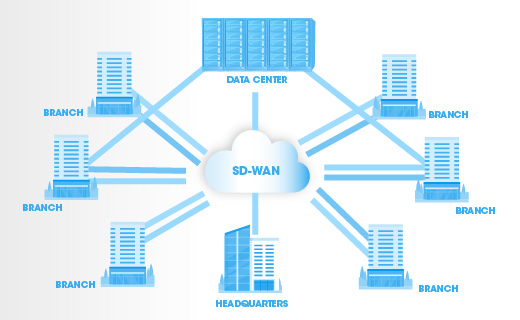If one thing is clear, it is that SD-WAN is the successor to MPLS in enterprise connectivity.
Many companies have started to opt for hybrid working models and implemented the use of cloud applications. This leaves behind MPLS connectivity, a model that is not ready to support cloud adoption and teleworking among others.
Continuing to maintain MPLS connectivity in such infrastructure changes can slow down application management, reduce performance and even expose the security of data in organisations. This is a setback to the technological advancement of enterprises.
The solution to this problem comes with SD-WAN, the evolution of WAN connectivity. A new system adapted to the evolution of technology and the adoption of the cloud.
What is SD-WAN?
SD-WAN is an enterprise wide area network (WAN) that uses Software-Defined Wide Area Networking (SDN) to determine the most efficient way to route traffic to remote locations.

SD-WAN possibilities:
This model allows an organisation’s network administrator to remotely programme devices through a central controller, reducing provisioning times and minimising or eliminating the need to manually configure traditional routers at branch office locations.
Benefits of SD-WAN enterprise connectivity:
- Flexibility and scalability
- Simplicity
- Optimising performance and agility
- Security
A service that has meant a great advance in the connectivity of organisations, which enables comprehensive management of network speed and communications systems. Highly adaptable to time and location.
Above all, it offers a simplification of operations based on a cloud model, a model that tends to spread throughout organisations.
Undoubtedly, one more piece in the puzzle of digital transformation in companies.




